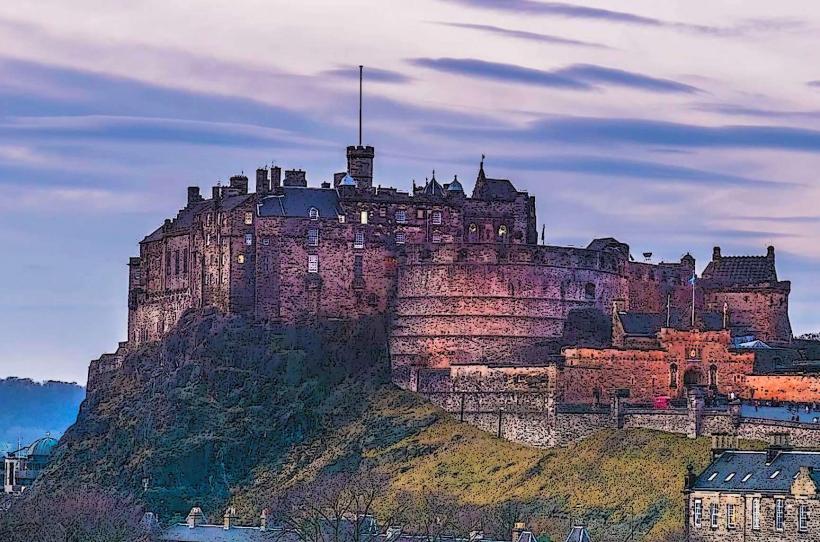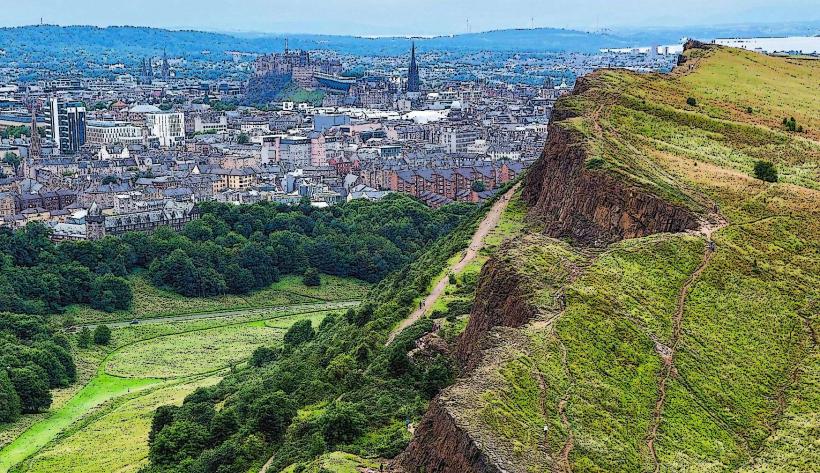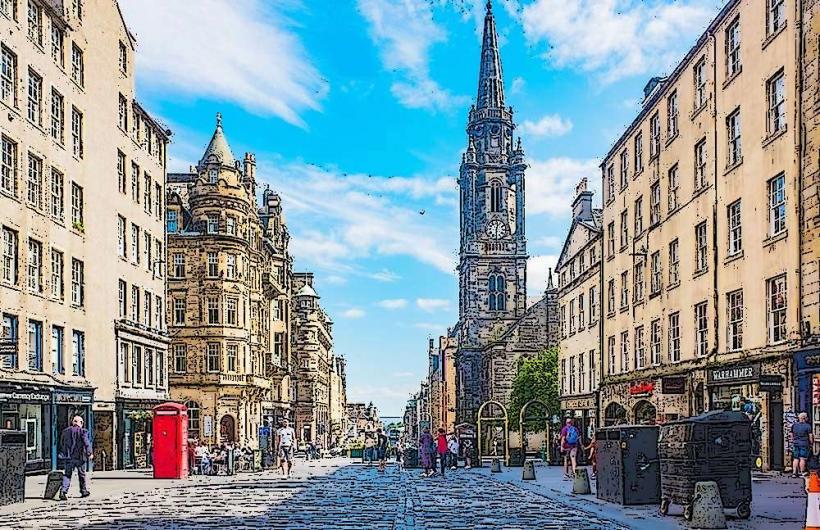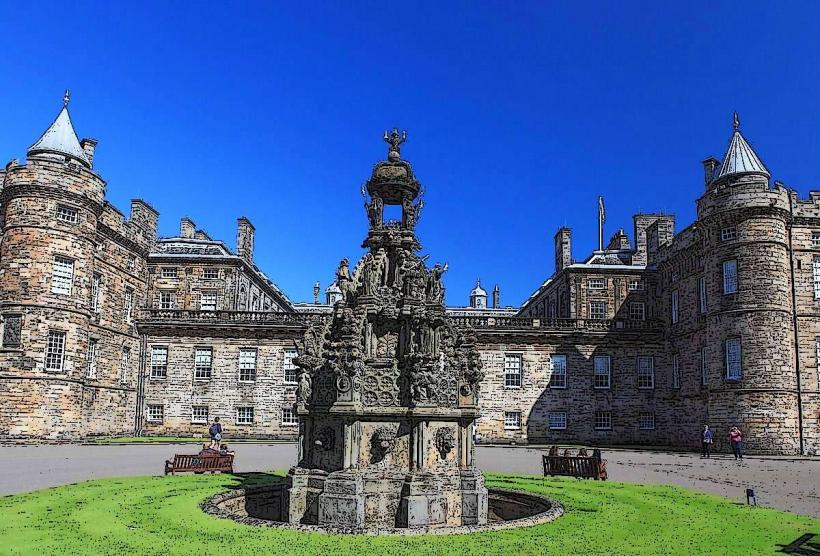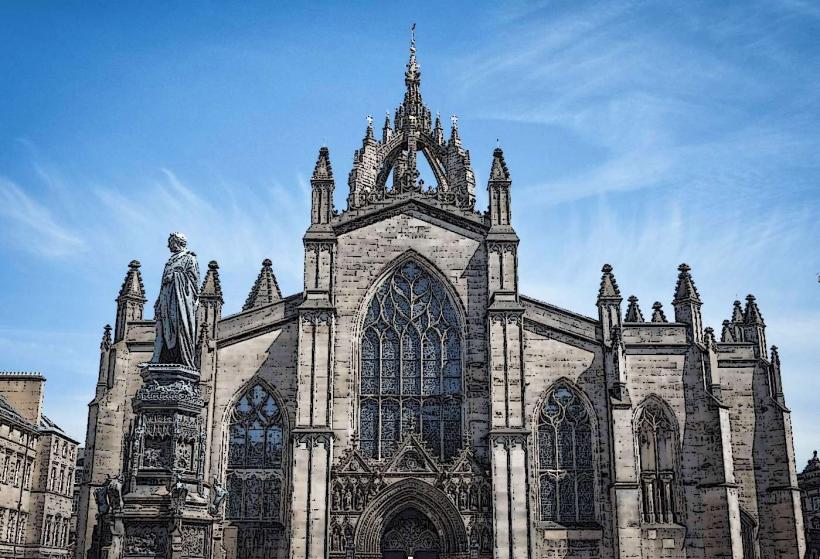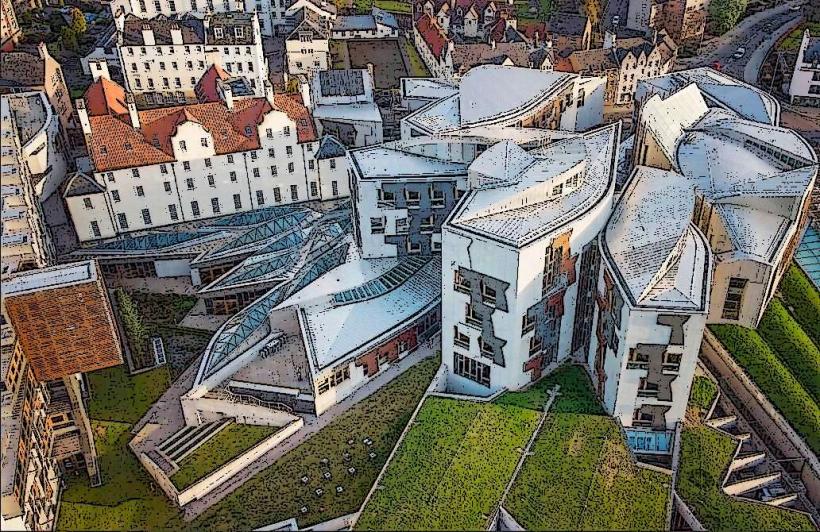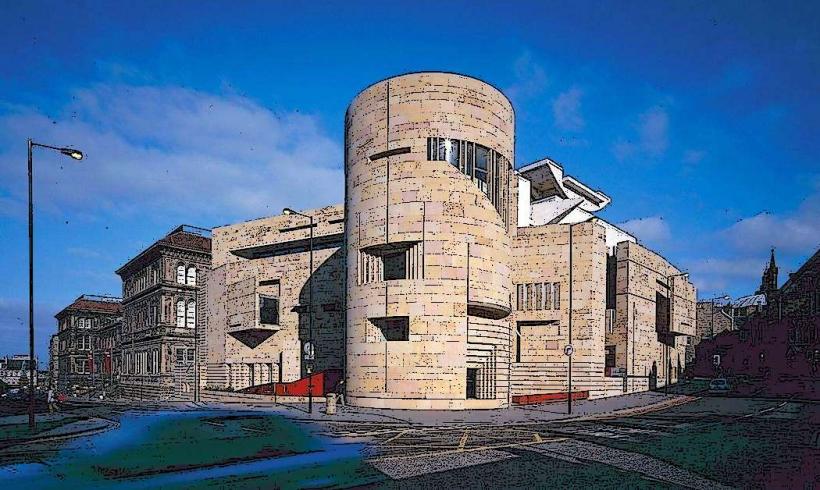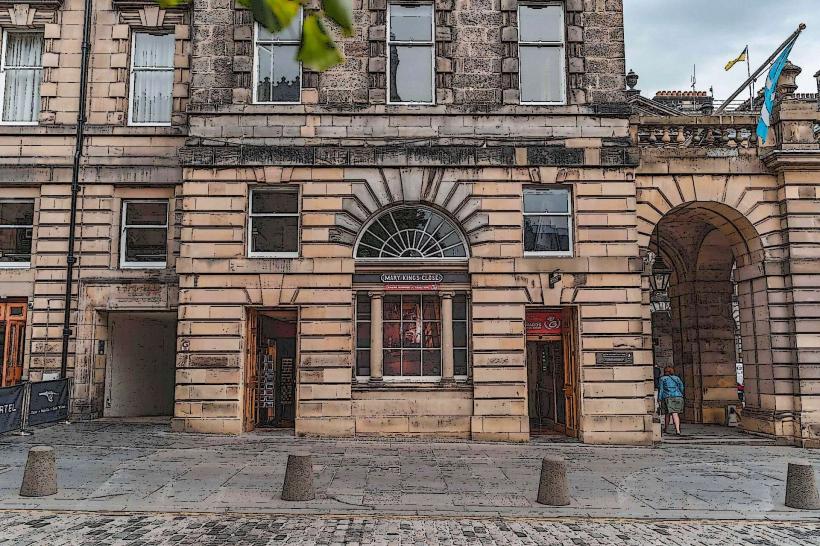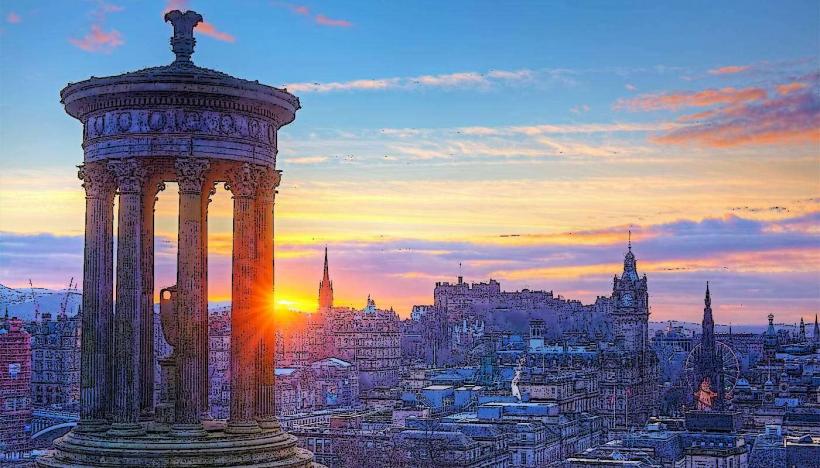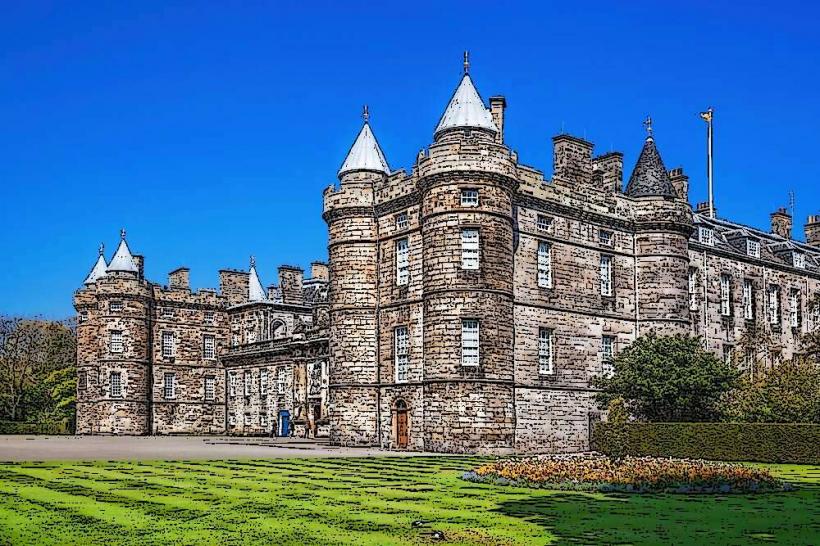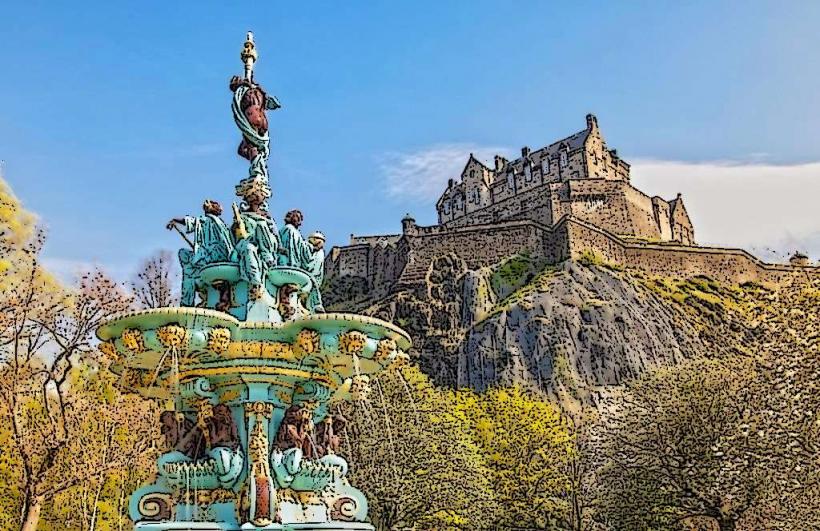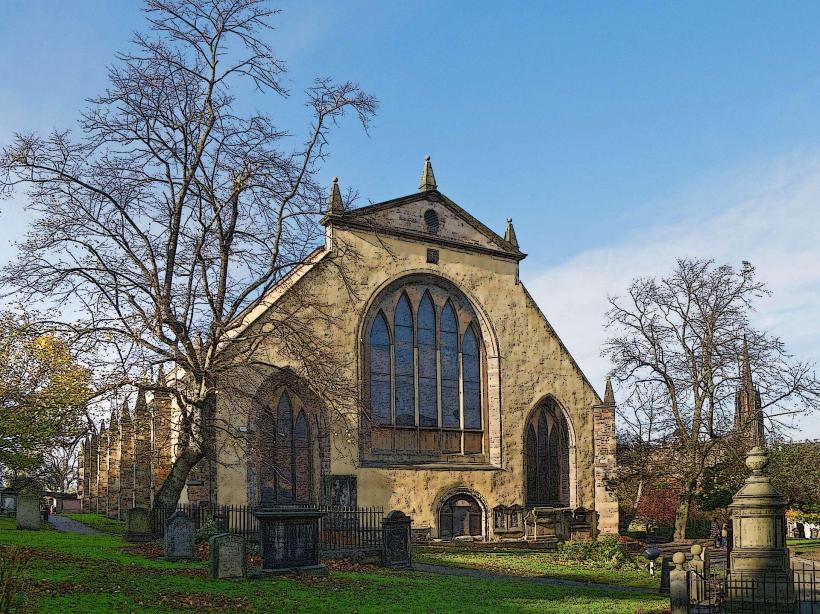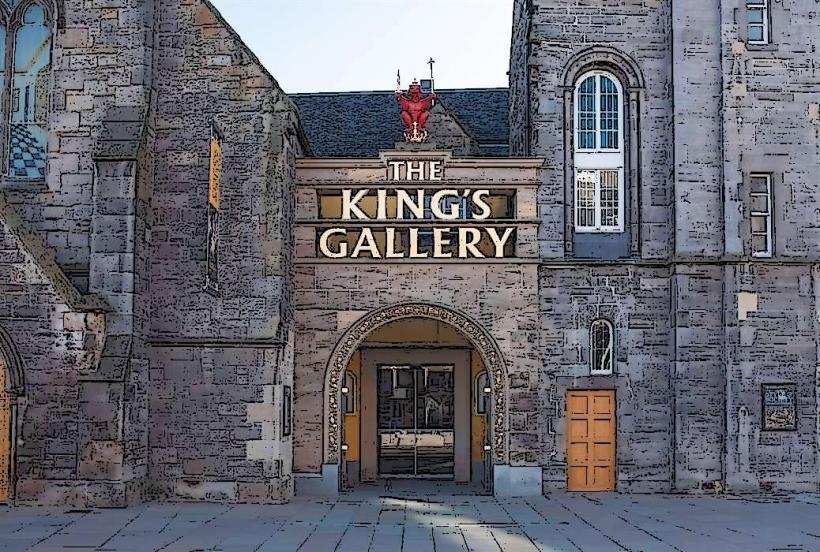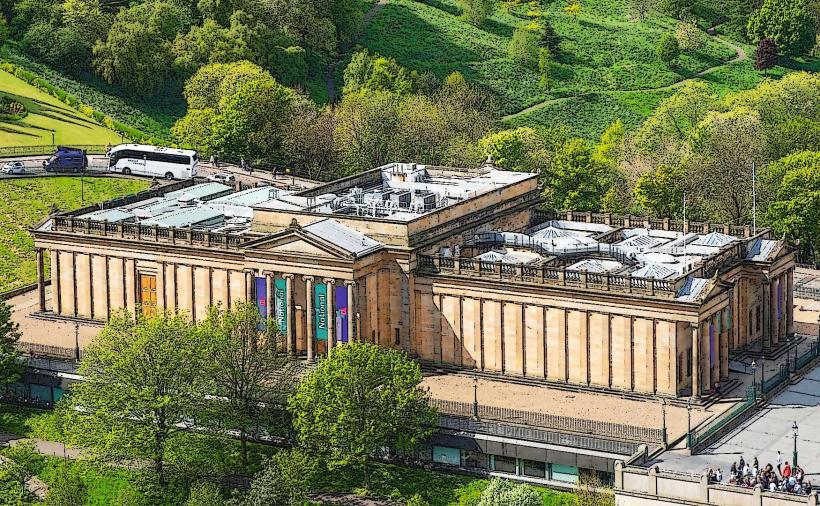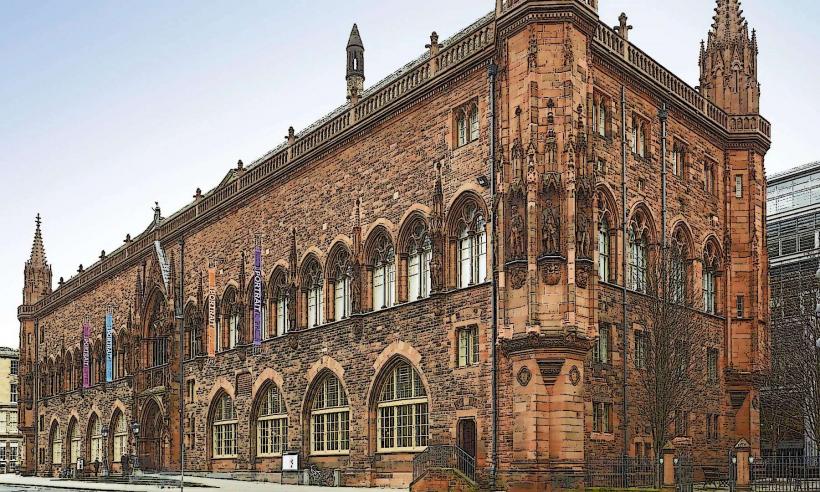Information
City: EdinburghCountry: United Kingdom
Continent: Europe
Edinburgh, the capital of Scotland, is a city rich in history, culture, and architectural beauty. Known for its medieval Old Town, elegant Georgian New Town, and dramatic landscapes, Edinburgh is a UNESCO World Heritage Site and a major cultural center in the United Kingdom. Here's a detailed overview of Edinburgh:
1. Geography and Location
- Location: Edinburgh is situated in the southeastern part of Scotland, on the southern shore of the Firth of Forth, a large estuary on the North Sea. The city is surrounded by volcanic hills, including the famous Arthur’s Seat, and steep cliffs that enhance its picturesque appearance.
- Area: The city covers an area of approximately 264 square kilometers (102 square miles), making it the second-largest city in Scotland by population after Glasgow.
- Elevation: Edinburgh is built on a series of hills and valleys, with the city’s center located near sea level but rising sharply at points such as the Royal Mile and Arthur's Seat.
2. History
- Ancient Origins: Edinburgh has a history that stretches back over 2,000 years, with evidence of early settlements in the area. The first recorded mention of Edinburgh dates to around 600 AD, and it was established as a royal city in the 12th century.
- Medieval Period: Edinburgh grew into a major center during the medieval period, with the construction of Edinburgh Castle in the 12th century and the establishment of the Royal Mile as the main street. The city became the capital of Scotland in the 15th century.
- 16th to 18th Century: During the 16th century, Edinburgh became a center for the Protestant Reformation and the Scottish Enlightenment. The city’s academic institutions, such as the University of Edinburgh, played a key role in intellectual development during this period.
- Modern Era: Edinburgh’s growth continued during the Industrial Revolution, and in the 19th and 20th centuries, it became one of the leading cultural cities in Europe. Today, it is known for its festivals, historical significance, and as a center for Scottish culture and politics.
3. Landmarks and Attractions
Edinburgh is home to a vast array of historical, cultural, and natural landmarks:
- Edinburgh Castle: One of Scotland's most iconic landmarks, perched on Castle Rock, an extinct volcanic hill. The castle has been a royal residence for centuries and is now a major tourist attraction, housing the Crown Jewels of Scotland and the Stone of Destiny.
- Arthur’s Seat: A dormant volcano and the highest point in Edinburgh, offering breathtaking panoramic views of the city and surrounding landscapes. It's part of Holyrood Park and a popular spot for hikers.
- Holyrood Palace: The official residence of the monarch in Scotland, located at the end of the Royal Mile. The palace is known for its historical significance and beautiful gardens.
- Royal Mile: A historic street running through the heart of the Old Town, from Edinburgh Castle to Holyrood Palace. The Royal Mile is lined with historic buildings, shops, restaurants, and attractions like St. Giles’ Cathedral.
- St. Giles' Cathedral: A landmark church on the Royal Mile, known for its stunning architecture and the Thistle Chapel, which is the home of the Order of the Thistle, Scotland's highest order of chivalry.
- National Museum of Scotland: One of the country’s top cultural institutions, the museum houses collections that span Scottish history, art, science, and technology, with exhibits ranging from the prehistoric to the modern era.
- Scott Monument: A gothic monument to the Scottish author Sir Walter Scott, located on Princes Street. The monument features intricate carvings of characters from Scott’s novels and offers views from the top.
- The Scotch Whisky Experience: Located near the Royal Mile, this visitor attraction provides an interactive journey through the history of Scotch whisky, with tastings and distillery tours.
- Edinburgh's New Town: A UNESCO World Heritage Site, built in the late 18th and early 19th centuries. The area is renowned for its neoclassical Georgian architecture, beautiful squares, and elegant streets such as Princes Street and George Street.
- Calton Hill: A hill located in central Edinburgh, famous for its classical monuments, including the National Monument and the Nelson Monument, offering a spectacular view of the city.
4. Cultural and Artistic Heritage
Edinburgh is renowned for its arts and culture scene:
- Edinburgh Festival: Edinburgh hosts the Edinburgh Festival Fringe, the largest arts festival in the world, held annually in August. It features thousands of performances, including theater, comedy, music, and dance, attracting artists and visitors from across the globe.
- Edinburgh International Festival: A celebration of classical music, opera, theater, and dance that runs concurrently with the Fringe. The International Festival showcases world-renowned artists and performances.
- Edinburgh International Book Festival: A major literary event, bringing together authors, poets, and literary figures for discussions, book signings, and readings.
- Edinburgh Playhouse: One of the city’s leading theaters, showcasing a range of performances from musicals to concerts.
- Royal Lyceum Theatre: A prominent theater in Edinburgh, known for its productions of Scottish plays and contemporary works.
- Scottish National Gallery: A world-class collection of art, including works by Van Gogh, Turner, and Rembrandt.
5. Neighborhoods and Areas
Edinburgh has several distinct neighborhoods, each with its own unique character:
- Old Town: The historic heart of Edinburgh, characterized by narrow alleys (known as closes), medieval buildings, and cobbled streets. Key landmarks like the Royal Mile and Edinburgh Castle are located here.
- New Town: A planned Georgian district, known for its neoclassical architecture and wide streets. It is home to high-end shopping areas like Princes Street and cultural institutions like the National Gallery.
- Leith: Edinburgh's port district, now an up-and-coming area known for its trendy restaurants, cafes, and bars, especially around the Water of Leith and Leith Walk.
- Morningside: A bohemian neighborhood with leafy streets, independent shops, and beautiful parks. It's home to the Royal Observatory and Morningside Park.
- Stockbridge: Known for its quaint village-like feel, this area features charming independent shops, cafes, and the Stockbridge Market.
- Grassmarket: A historic area located just below Edinburgh Castle, known for its vibrant pubs, restaurants, and stunning views of the castle.
6. Transportation
- Edinburgh Trams: The city’s tram system provides a modern and convenient way to travel, connecting the airport to the city center and other key locations.
- Edinburgh Bus Services: Edinburgh has an extensive bus network that serves the city and surrounding areas.
- Edinburgh Waverley Station: The city’s main railway station, offering connections to other major cities in Scotland and the UK, including Glasgow, London, and Aberdeen.
- Cycling: Edinburgh is a bike-friendly city with an increasing number of cycle paths and bike-sharing programs.
7. Economy
- Tourism: Tourism is a major industry in Edinburgh, driven by its rich history, cultural festivals, and iconic landmarks. The city attracts millions of visitors each year.
- Education: Edinburgh is home to prestigious universities, including the University of Edinburgh, one of the oldest and most respected universities in the world.
- Finance: Edinburgh is a key financial hub in Scotland, with numerous banks, investment firms, and insurance companies based in the city.
- Technology: Edinburgh has a growing tech sector, with numerous startups and tech companies focusing on areas such as data science, AI, and software development.
8. Parks and Green Spaces
- Holyrood Park: A vast area of natural beauty that includes Arthur’s Seat, St. Anthony’s Chapel, and several tranquil lochs.
- Princes Street Gardens: A beautiful public park located between the Old Town and New Town, with views of Edinburgh Castle and seasonal flower displays.
- The Meadows: A large park in the south of the city, popular for outdoor activities and picnics.
- Royal Botanic Garden Edinburgh: One of the world’s leading botanic gardens, with a vast collection of plants from around the globe.
9. Events and Festivals
- Edinburgh International Festival: A high-profile cultural festival celebrating the arts.
- Edinburgh Festival Fringe: The world’s largest arts festival, with thousands of performances in venues across the city.
- Hogmanay: Edinburgh’s New Year celebration, renowned for its large street parties, fireworks, and concerts.
- Edinburgh Jazz & Blues Festival: A popular event featuring international jazz musicians and performances across the city.
Conclusion
Edinburgh is a city where history, culture, and natural beauty intersect. From its ancient castles to its stunning hills, world-class museums to vibrant festivals, Edinburgh offers a wide array of experiences. Its blend of medieval and Georgian architecture, along with its status as a UNESCO World Heritage Site, makes it one of the most attractive and interesting cities in Europe.

